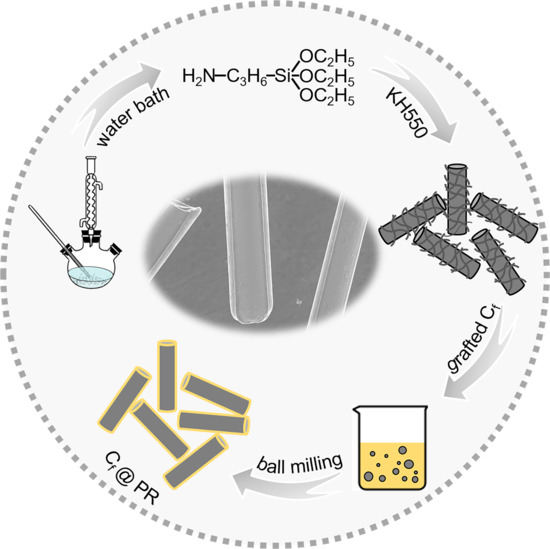

The detailed synthetic methods and strictly Janus characteristics are highlighted. Four main synthetic strategies are discussed, including Pickering emulsion interfacial synthesis, conventional emulsion interfacial synthesis, confined self-assembly of block copolymers, and seeded swelling emulsion polymerization. Focusing on R&D and production of high-performance water-based polymer emulsion. In the second step, the butyl acrylate monomer is polymerized to styrene core to produce the final emulsion polymers core-shell. The first step is the formation of a polymer core that is encapsulated with a cross-linking agent. Emulsion polymerization of the core-shell structures was prepared using a two-steps polymerization process. This review focuses on the recent advances in rational design, precision synthesis, and performance of a set of Janus polymer/inorganic nanocomposites. 2.3 Polymerization of Core-Shell Styrene-Butyl Acrylate. Various synthetic routes have been developed to craft a host of Janus materials with tunable composition, morphology and microstructures. Janus polymer/inorganic nanocomposites represent a class of unique materials that afford synergistic features of polymers and inorganic substance, rendering appealing properties and promising applications. In recent years, quite many studies on polymer emulsions with unique core-shell structure have emerged at the frontier between material chemistry and many other fields because of their singular morphology, properties and wide range of potential applications. Study of the Preparation of Silicone Rubber Particles with Core-Shell Structure by Seeded Emulsion Polymerization He, Wei-Dong Cao, Chun-Tao Pan. Janus nanomaterials composed of two compartments with dissimilar compositions and/or functionalities have garnered considerable interest over the past several decades owing to their diverse nanostructures and intriguing properties arising from the two constituents and microstructures. Traditional core-shell micro/nano particle synthesis methods include dispersion, suspension, emulsion and combined polymerization ranging from a single step to multiple steps 5, 6. The polymerization of VAc onto double-layer PDVB/PSty seed latices could be run up to 100 conversion. In the second-stage polymerization, the St/AN phase distribution within particles in the seeded emulsion (70/30) monomer mixture was added to form the shell.


 0 kommentar(er)
0 kommentar(er)
